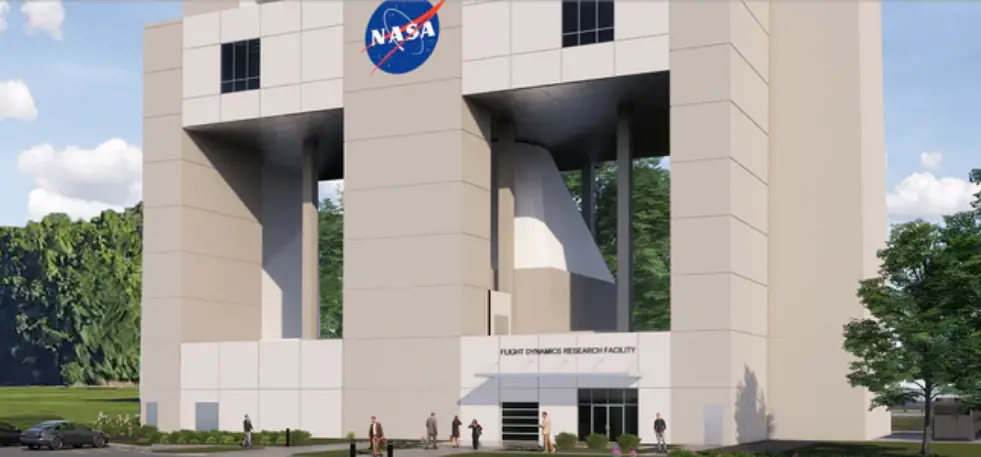A $43.2 million contract has been secured by BL Harbert International to build a new NASA Flight Dynamics Research Facility in Langley, Virginia. The Birmingham-based firm will execute this project in partnership with Mason & Hanger of Richmond Virginia. Calspan Aero Systems engineering from St. Paul, Minnesota will also work alongside in the development of this project.
BL Habert to design New NASA Flight Dynamics Research Facility
BL Harbert will be in charge of designing and building this new NASA Flight Dynamics Research Facility. The research facility will rise to a height of 130 feet and is intended to house the first vertical wind tunnel to be built in Langley in 80 years. It also marks the first major construction project of its kind to be executed in the last 40 years. The wind tunnel will be visible across the Langley campus due to its height and it will serve in testing the dynamic stability of vehicles and parachute performance during: entry, descent, and landing. The wind tunnel is also intended to assist with preparing for missions to the moon and mars.
Also Read HS2 reduces Euston Station Terminus to save cost.
The new NASA Flight Dynamics Research Facility will be located at the Langley Research Center; one of NASA’s oldest field centers in Hampton, Virginia, which is in close proximity to the Langley Air Force Base. This development involves replacing two worn out wind tunnels which were built in the 1940s, with a new vertical wind tunnel (VWT) research facility. Several preparations for the construction have been in progress since 2019 such as site surveys and soil sampling, but the actual project faced several delays due to the Covid pandemic. Developers expect the construction to be completed by 2024.
According to Langley’s aeronautics public affairs officer, David T. Meade, the new NASA Flight Dynamics Research Facility will be built at NASA’s side of the base, which is a good distance away from the lower-lying areas that are prone to flooding. He also explained that this new vertical wind tunnel has been designed to also incorporate the capabilities of the older tunnels, which will ensure the safe travel of vehicles by air, through the use of high speed testing and varying airflow patterns.

